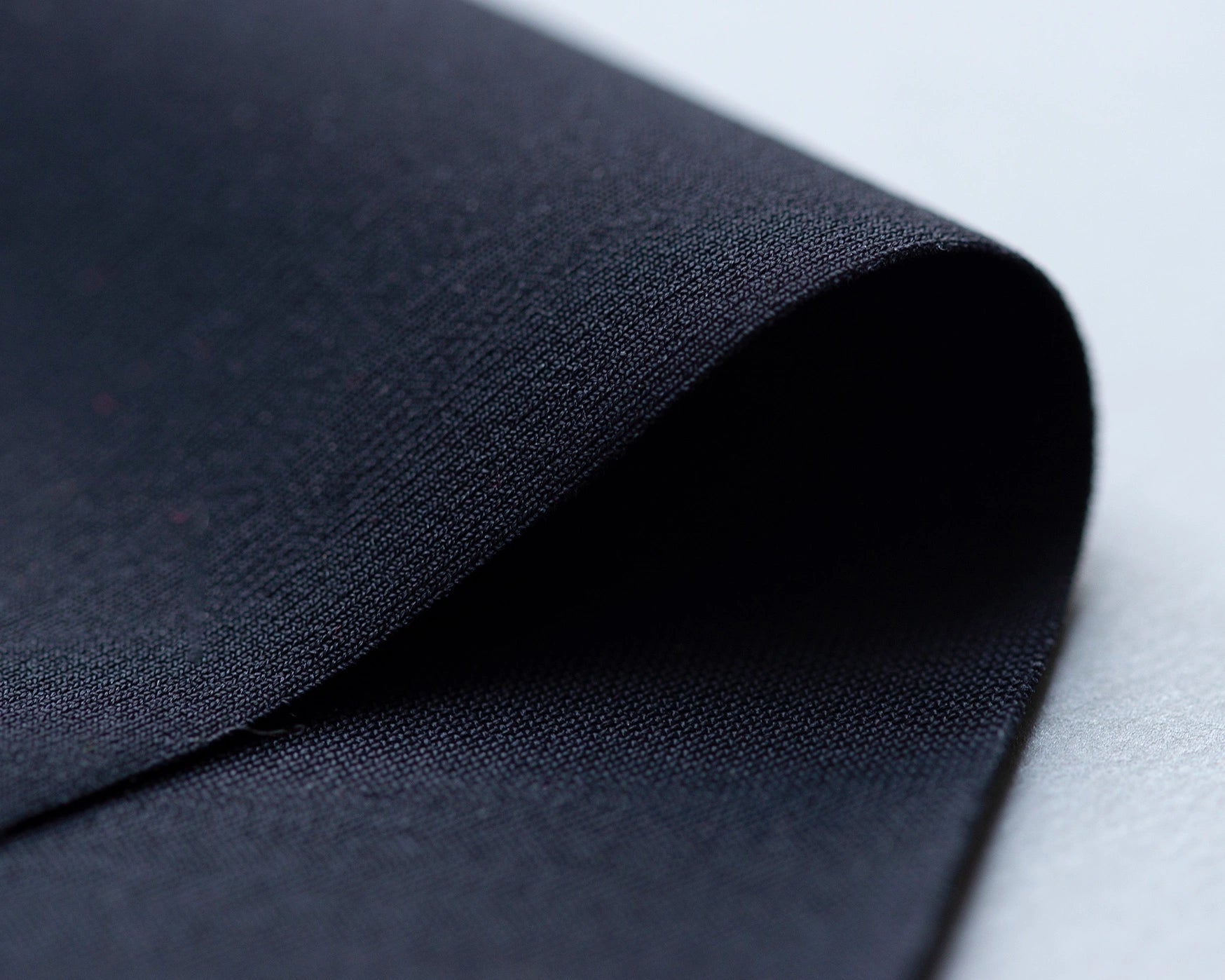Material Things
Sustainable performance fabrics: our approach
At Dryad we're trying to make the best running clothing we can.
Running clothing is functional – it has to perform. It has to fit well. It should be lightweight. It should 'breathe' as you move. And (thank you, weather) ideally it should be warm when its cool, cool when its warm, and keep you dry too.
In a perfect world, high quality fabrics that can do all this would be available locally. Unfortunately at the moment they're not. And getting them from where they're made – Italy, Taiwan, and Turkey – to where they'll be sewn, and from there to us, incurs costs – both financially and in terms of emissions. Until fabrics that perform as runners need them to are made closer to home, it's a problem we have to mitigate in as many ways as we can. We have to try and make low impact clothing.
One way is to select fabrics that contain recycled content.
SSACHS, a highly experienced and innovative team (we'll be introducing them properly soon) are designing our first range – and part of their brief was to guide us through fabric options containing as much recycled content as possible.
Here's an example of one of our fabrics; warp-knitted in Italy, with 59% recycled polyamide yarn:

59% of the yarn in this is made from pre-consumer waste. The other 41% is elastane. Elastane is synthetic, and provides stretch. Without it, no stretch.
The honeycomb construction of the fibres allows air to circulate, so it's breathable. And it has 'four-way' stretch – so even as it hugs the body, it allows for great freedom of movement and comfort.
Making it absolutely perfect for a running tight…🔮
What does 'recycled content' mean in this case?
Pre-consumer
means waste* from textile by-products already in the system (offcuts, trimmings etc.) that have been collected, shredded and turned back into fabric.
Post-consumer
(also called 'post-industrial') is waste from other manufacturing processes – PET plastic bottles are probably the most widely-known example. The bottles are collected from recycling plants, washed several times, and broken down into tiny chips of plastic. These are heated and extruded into yarn, that can then be woven into usable fabric by textile mills.
What does 'low impact' mean to us?
• Creating clothing using timeless styles – not chasing fashion trends
• Using recycled content where possible. Giving things a second or third life means producing less new stuff, using less original minerals
• Any fabric coating processes should use as few harmful chemicals as possible
• Longevity taken into account when selecting fabrics
• Manufacturing should be done in a place that has solid environmental credentials, and is ideally powered by alternative energy sources
• Being easily repairable – things that can be mended at home can last longer and be less likely to be replaced or discarded
• Reducing our carbon footprint where we can
• No plastics used in our packaging
By supporting forward-thinking mills, we'll be helping increase the demand for sustainable fabrics, which we hope in time will contribute towards greater awareness of sustainability in the industry overall.
By not adding unnecessary detail at design stage, and buying and using only the fabric we actually need, we can help to minimise waste.
Watch this space for more information on our fabrics in the coming months.
*Fabric waste is a huge issue in the clothing industry. Some smart people are working on ways to reduce it: Circular Inc.